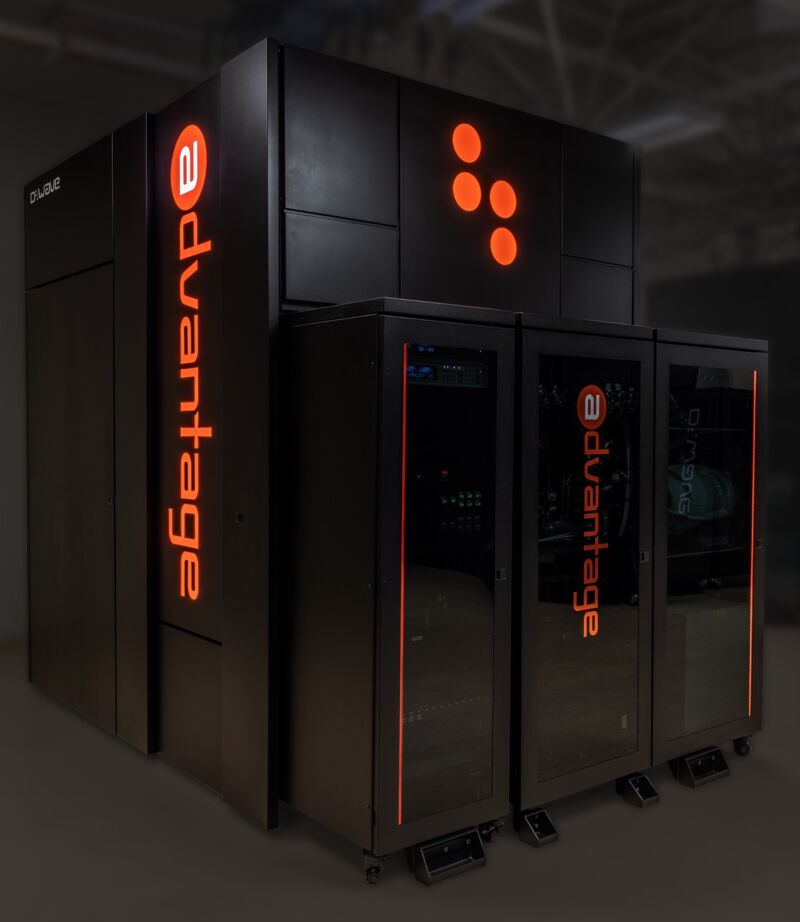
Before we had developed the first qubit, theoreticians had done the work that showed that a sufficiently powerful gate-based quantum computer would be able to perform calculations that could not realistically be done on traditional computing hardware. All that is needed is to build hardware capable of implementing the theorists' work.
The situation was essentially reversed when it came to quantum annealing. D-Wave started building hardware that could perform quantum annealing without a strong theoretical understanding of how its performance would compare to standard computing hardware. And, for practical calculations, the hardware has sometimes been outperformed by more traditional algorithms.
On Wednesday, however, a team of researchers, some at D-Wave, others at academic institutions, is releasing a paper comparing its quantum annealer with different methods of simulating its behavior. The results show that actual hardware has a clear advantage over simulations, though there are two caveats: errors start to cause the hardware to deviate from ideal performance, and it's not clear how well this performance edge translates to practical calculations.
On ice
D-Wave's hardware consists of a collection of loops of superconducting wires. Current can circulate through the loops in either direction, with the direction providing a bit value. Each loop is also connected to several of its neighbors, allowing them to influence each other's behavior.
When properly configured, the system can behave as what's called a "spin glass," a physical system with complex behavior. A spin glass is easiest to think about as a grid of magnets, with each magnet influencing the behavior of its neighbors. When one magnet is in a given orientation (like spin up), it becomes more energetically favorable for its neighbors to have the opposite orientation (spin down). If you start with a disordered system—a spin glass—then the influence of each magnet on its neighbors will cause spins to flip as the system tries to find a path to the lowest energy state, called the ground state.
This process is called thermal annealing, and it has some limits. In a standard spin glass, it's possible to end up in situations where every path to the ground state goes through a high-energy barrier. This can trap the system in a local minimum instead of allowing it to evolve into the ground state.
D-Wave's system, however, shows quantum behavior. This allows it to undergo tunneling, where it passes between two low-energy states without ever occupying intervening high-energy states. So, quantum annealing is expected to have better overall performance than thermal annealing.
The behavior of spin glasses has been studied separately from D-Wave's hardware because they can be used to model a variety of physical processes. But the company's business is based on the fact that it's possible to map a variety of optimization problems onto the behavior of a spin glass. In these cases, having the spin glass find its ground state is the mathematical equivalent of finding the optimal solution to a problem.
But again, we lack the theoretical understanding of whether it's possible to get these solutions in some other way that's faster or more efficient.
reader comments
23 with